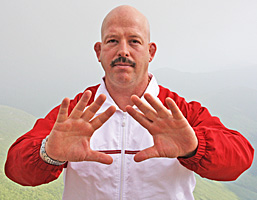This morning as I was pulling weeds, I noticed the little ones I overlooked yesterday.
There were so many of them that I didn’t see as I focused on getting the big ones first.
But today I saw them clearly.
After I got under a bunch of smaller ones and pulled them out, I noticed a stick in the dirt near the corner of the house that was slightly covered with soil.
I brushed it off.
It’s just a partial tree branch, I thought.
Just before tossing it into the bag I looked closer.
What is this, really?
I noted the broken nubs, the hollowed inside where it broke off a “tree,” as well as the angle of the “branch.”
My brain was seeing what was already inside, a branch, until I took a breath, paused, asked questions, and looked at the piece with conscious eyes.
I positioned this “branch” above my right ear and looked at my reflection in the window.
Oh, deer. Is this what I now think it is?
What I dismissed as a branch was something entirely different when I looked closer. Made me think about writing, wrestling, and the water flowing in rivers and creeks.
How often do we take a closer look at the details that go into making something great?
Human beings are quick to say, “I know. I know.”
But when we stop time and take an original, curious look at something, it’s amazing what we overlooked.
When we closely examine something small, something seemingly meaningless, we learn a lot about it.
And so it is with the thoughts we think, the ones that tell us, “I know, I know.”
Those thoughts seem small and inconsequential, but they are far from it.
Examine the little things you once thought were true, about yourself and about life itself, and you’ll see a whole new world.
Don’t be surprised if it’s in a corner and it’s covered with a bit of soil and some weeds.
Matt Furey

